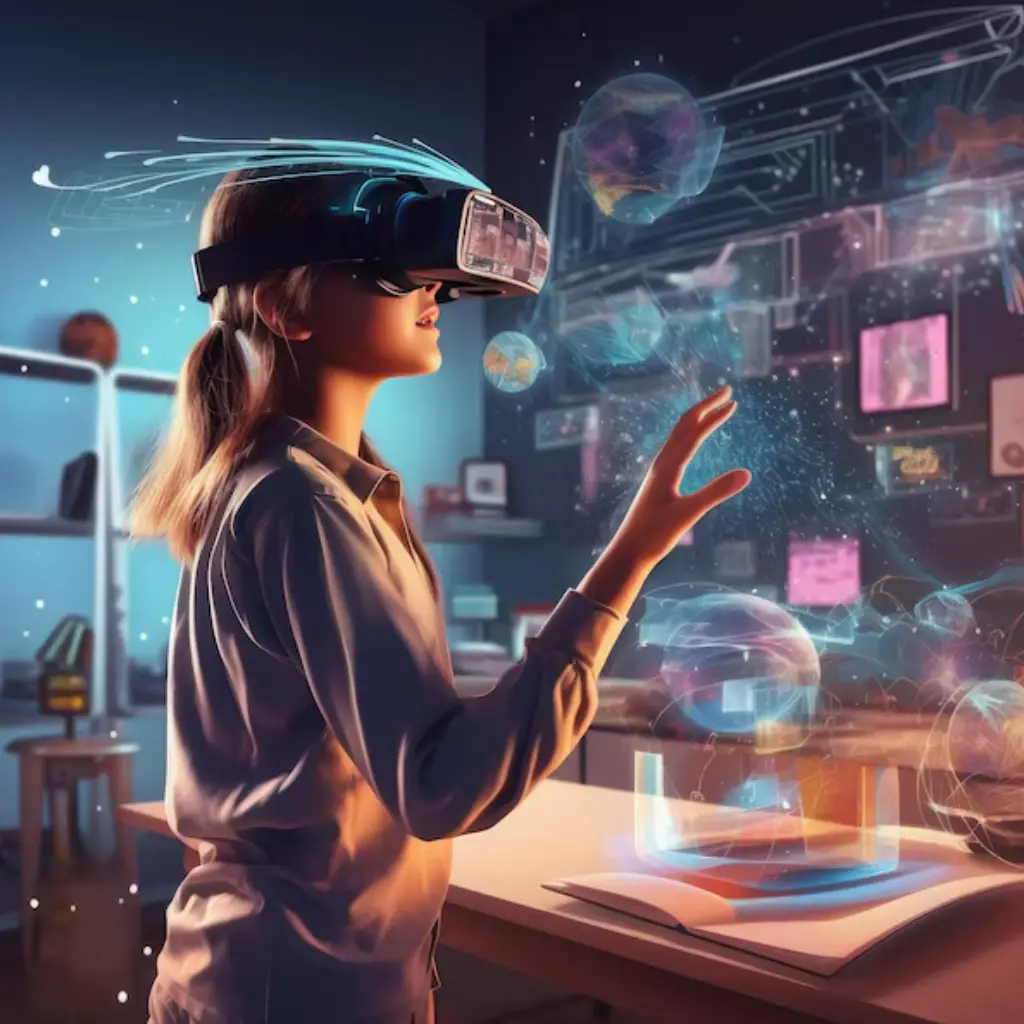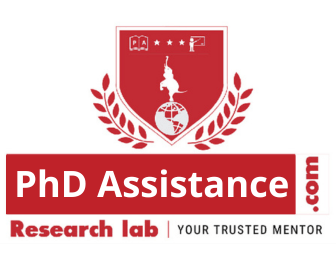Generative AI on Educational Divide
Call for Paper – Generative AI on Educational Divide
Call for papers on special issue about Generative AI’s Influence on Educational Divide from a most sought-after journal.
According to the reports of UNESCO, over 250 million young people were out of school in 2018 worldwide. Despite skyrocketing growth in technological evolution and infrastructure, it remains a disheartening fact that over 20% of the young potential is neglected and being wasted.
Several initiatives were taken to bridge the educational gap, though not as radical as Artificial Intelligence. But soon after the arrival of Generative AI, a new hope emerged among teachers, students, and educational stakeholders. Generative AI has the prospect of bridging the educational gap as it offers personalised learning opportunities that present all the resources collectively in one place.
However, these advancements may not be equally accessible to every kind of demographic or region due to political, economic and cultural differences.
In addition, to utilise these functions, a certain level of digital literacy is required. To operate and interpret them, an iterative process of practice is mandatory for proficiency in using them.
These things pose numerous challenges to reducing inequality in education and raise multiple questions on practical implementation.
To explore these challenges further and to find possible solutions to these unexplored problems, Computers and Education- openly invites papers for submission on a special issue.
Key Themes Anticipated in the Paper Include but are not limited to,
- Systematic reviews, meta-analyses, frameworks, and theories regarding applications of generative AI for bridging the educational gap.
- Case studies and pedagogy on utilising generative AI to provide education among disadvantaged learners.
- Technical discussions of developing generative AI for bridging the educational divide
- Ethical, cultural, and social considerations of using AI for bridging the educational divide.
- Analysing and discussing the previous statements or opinions of educational stakeholders including students, teachers, parents and administrators.
- Learning experiences of disadvantaged learners in employing generative AI to sustain their scholarly rights.
Important Dates
- Abstract Submission Due Date: October 30, 2024
Manuscript Submission Due Date: January 31, 2025
1st round Review Notification: January 01, 2025
1st round Revision Submission Due Date: February 28, 2025
2nd round Review Notification: March 31, 2025
2nd round Revision Submission Due Date: April 30, 2025
Final Acceptance Notification: May 15, 2025
Editorial Preface Submission: June 01, 2025
Estimated Publication Date: June 30, 2025
Prove your sense of responsibility in the field of inclusive and diverse education by coming up with a sustainable solution.
Publishing your scholarly contribution to this pressing problem is truly an accomplishment for any research enthusiast. But it demands an extreme amount of time and undivided attention & dedication. Overcoming them requires teamwork rather thanhard work, but they can be swiftly tackled with the help of professional researchservices.
Perfect your research paper with our journal guidance that guarantees you 100% scholarly accomplishment.
At PhD Assistance, we support and simplify your research workflow. Our team of experts accelerate your research process while keeping your original idea intact.
To know more about submission criteria, visit here
For more information, Visit

We offer our Greatness in Various Parts of Research, and we help you with any phase of your Process. Make a Smart Decision and get your Paper Published.

